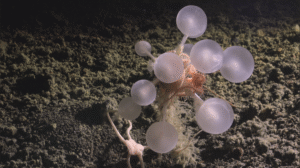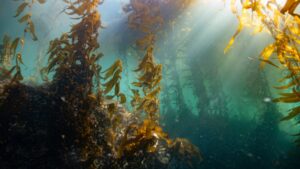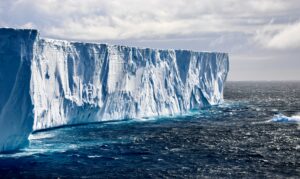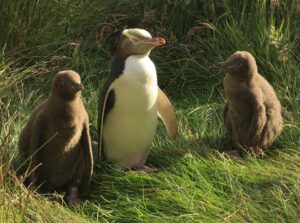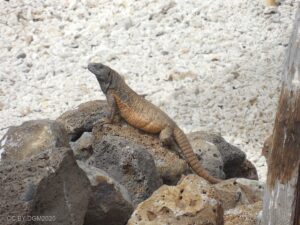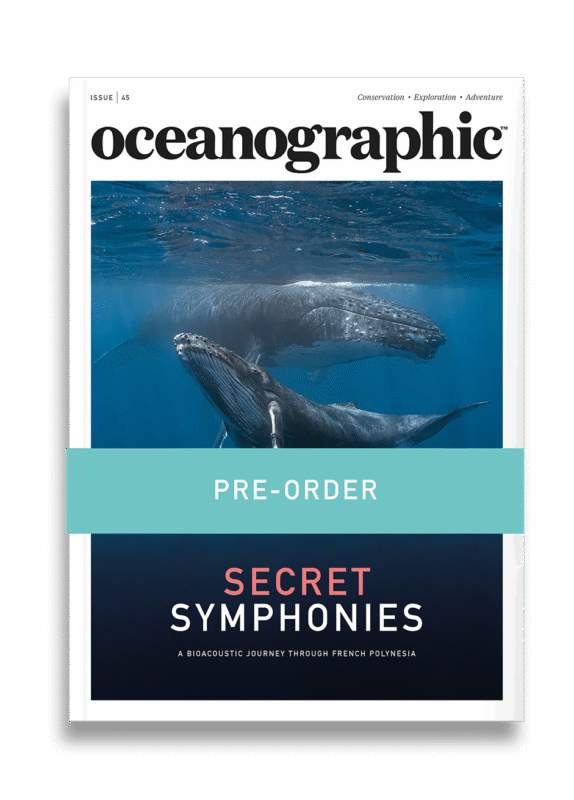Polar bears play critical role providing food for Arctic wildlife
New research estimates that polar bears leave behind as much as 7.6 million kilograms of prey each year across the Arctic and that these remains - mostly seal carcasses - form a crucial energy bridge between the ocean and life on the frozen Arctic.
When it comes to the role they play across the Arctic environment, polar bears – according to a new and groundbreaking study into the species – are far more than apex predators, but vital providers for a sprawling community of Arctic scavengers – helping to keep an array of the polar region’s wildlife fed, including Arctic foxes, ravens, gulls, and wolves.
Detailed in research now published in Oikos, researchers – led by scientists from the University of Manitoba and San Diego Zoo Wildlife Alliance, together with collaborators from Environment and Climate Change Canada and the University of Alberta – estimate that polar bears leave behind as much as 7.6 million kilograms of prey each year across the Arctic.
Those remains – mostly seal carcasses left on the ice – form a crucial energy bridge between the ocean and the frozen world above it. “Our findings quantify for the first time the sheer scale of polar bears as a food provider to other species and the interconnectedness of their ecosystem,” said Holly Gamblin, lead author and PhD candidate at the University of Manitoba.
From Arctic foxes and ravens to gulls and wolves, at least 11 vertebrate species are known to benefit from the feast, with as many as eight more likely to scavenge when opportunity arises. Each carcass represents a pulse of marine-derived nutrients, fuelling life in one of the planet’s most extreme environments.
The process buy which this occurs is unique to the polar bear’s hunting methods. By hunting seals from sea ice platforms and dragging their prey onto the surface, the bears inadvertently share their bounty.
“There is no other species that adequately replaces how a polar bear hunts,” Gamblin continued. “Their behaviour creates an ecological link no other Arctic predator can replicate.”
But that link is under threat. As the Arctic warms and sea ice continues to vanish, polar bear numbers are falling – and with them, the vital carrion supply that sustains countless scavengers.
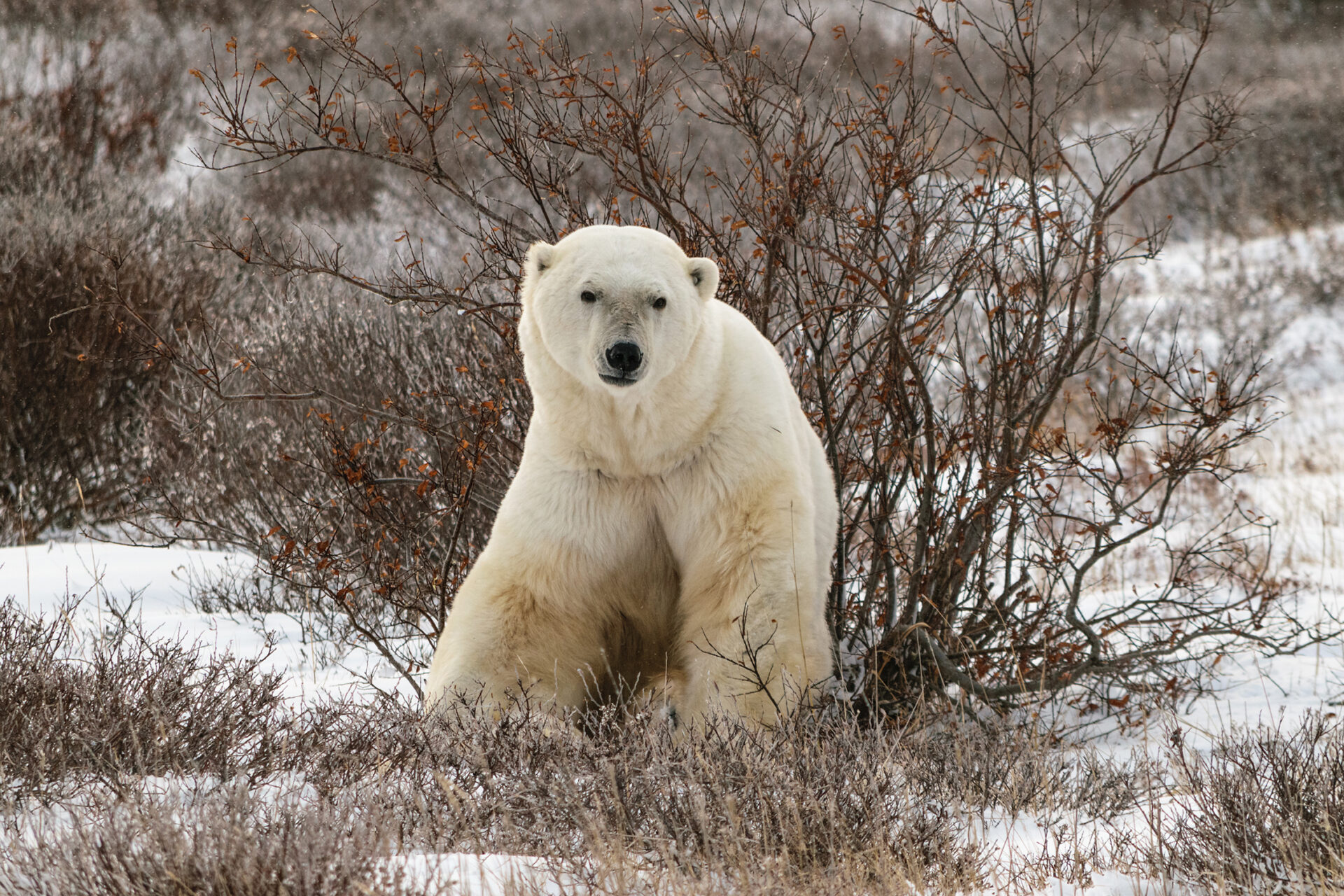
“The sea ice acts as a platform for many species to access resources provided by polar bears,” said Dr. Nicholas Pilfold, Scientist in Population Sustainability at San Diego Zoo Wildlife Alliance. “Documented declines in two sub-populations have already led to the loss of more than 300 tonnes of food for scavengers each year.”
The implications reach far beyond the bears themselves. A decline in polar bear populations could ripple through the Arctic ecosystem, depriving scavengers of their primary food source and weakening the intricate web that connects ocean and land.
As researchers warn, protecting polar bears means protecting the Arctic’s entire network of life. Their survival ensures that the energy flowing from sea to ice continues to sustain an ecosystem as fragile as it is formidable.
The study – ‘Predators and scavengers: Polar bears as marine carrion providers’ – is now available to read in full via Oikos.


"*" indicates required fields
Printed editions
Current issue
Back issues
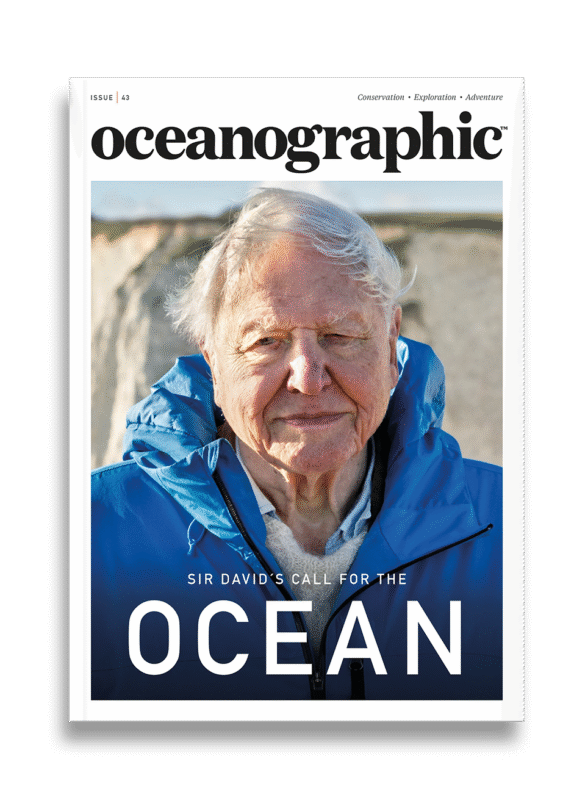
Back Issues
Issue 43 Sir David Attenborough’s ‘Ocean’

Back Issues
Issue 41 Holdfast to the canopy
Enjoy so much more from Oceanographic Magazine by becoming a subscriber.
A range of subscription options are available.

